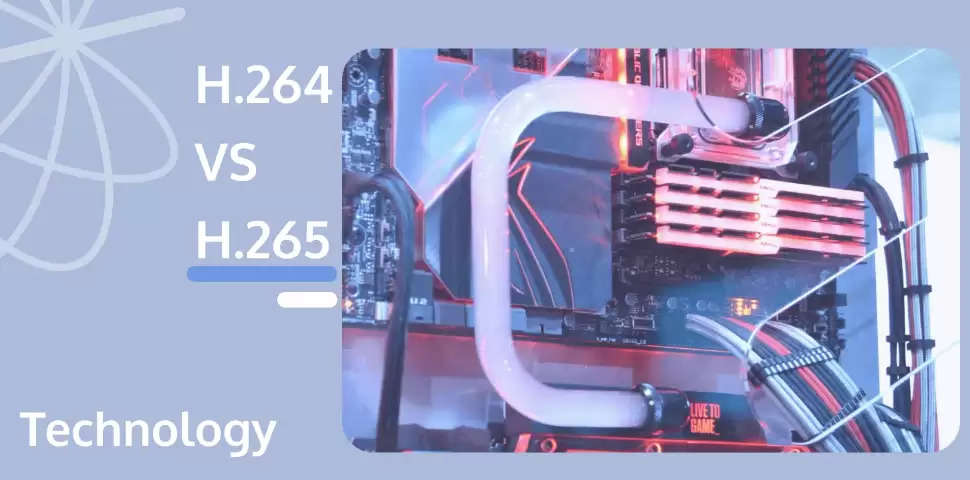The Top 4 Video Compression Standards
In the realm of digital media and video content, compression standards play a pivotal role in ensuring efficient transmission, storage, and playback of multimedia files. As technology advances and the demand for high-quality video content continues to grow, it's essential to be familiar with the top video compression standards shaping the digital landscape. In this article, we'll explore four key video compression standards that every content creator, streaming service, and multimedia enthusiast should know about.

1. H.264/AVC (Advanced Video Coding)
H.264, also known as AVC (Advanced Video Coding), stands as one of the most widely used video compression standards in the industry. Developed by the Joint Video Team (JVT) of the International Telecommunication Union (ITU) and the Moving Picture Experts Group (MPEG), H.264 offers an excellent balance of compression efficiency and compatibility. It is renowned for its ability to deliver high-quality video content at relatively low bitrates, making it ideal for streaming services, digital television broadcasts, and Blu-ray discs.
2. H.265/HEVC (High-Efficiency Video Coding)
H.265, also known as HEVC (High-Efficiency Video Coding), represents the next generation of video compression standards, offering significantly improved compression efficiency compared to its predecessor, H.264. Developed as a joint effort between the ITU-T Video Coding Experts Group (VCEG) and the ISO/IEC Moving Picture Experts Group (MPEG), HEVC achieves higher compression ratios while maintaining comparable visual quality, enabling higher resolution and better quality video at lower bitrates. HEVC is increasingly being adopted for ultra-high-definition video streaming, video surveillance, and broadcasting applications.
3. VP9
VP9 is an open and royalty-free video compression standard developed by Google as part of the WebM project. Building upon the success of its predecessor, VP8, VP9 offers improved compression efficiency and visual quality, making it an attractive option for web-based video streaming and online video platforms like YouTube. VP9 leverages advanced compression techniques, such as predictive coding and entropy coding, to achieve higher compression ratios while remaining accessible to content creators and service providers.
4. AV1
AV1 is a next-generation video compression standard developed by the Alliance for Open Media (AOMedia), a consortium of industry leaders including Google, Apple, Microsoft, and Netflix. Designed to provide superior compression efficiency compared to existing standards while remaining open and royalty-free, AV1 aims to address the growing demand for high-quality video content across a wide range of devices and platforms. With its advanced coding techniques and innovative algorithms, AV1 promises to revolutionize video streaming, broadcasting, and multimedia communication in the digital age.
Conclusion
In conclusion, these four video compression standards-h264 vs h265, VP9 vsAV1-represent the forefront of video compression technology, shaping the way we consume and interact with multimedia content in the digital era. Whether you're a content creator, streaming service provider, or multimedia enthusiast, understanding these standards is essential for delivering high-quality video experiences and staying ahead of the curve in the ever-evolving landscape of digital media. Actually, Tencent RTC supports the H264 protocol by default, but we also support switching to the H265 protocol, welcome to have a try.



